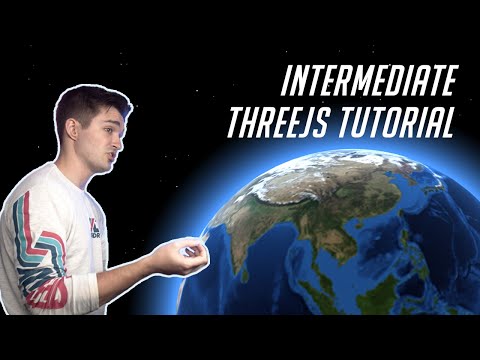Description:
Dive into an intermediate-level Three.js tutorial that guides you through creating a visually stunning globe with custom shaders. Learn to display population data and animate geometries while mastering complex concepts like Vertex Shaders, Fragment Shaders, UVs, and Normals, explained in easy-to-understand language. Follow along as you build a realistic globe using atmospheric-like shaders, and gain valuable insights into debugging 3D shaders. Explore essential topics such as creating and texturing spheres, implementing vertex and fragment shaders, working with UV coordinates and normals, adding atmospheric effects, and incorporating interactive mouse movements. By the end of this comprehensive 1 hour and 34 minute video tutorial, you'll have developed a polished globe visualization complete with background stars and HTML/CSS enhancements, while significantly advancing your Three.js and shader programming skills.

Intermediate Three.js Tutorial - Create a Globe with Custom Shaders
Add to list
#Programming
#Programming Languages
#Javascript
#Three.js
#Art & Design
#Visual Arts
#Animation
#Computer Science
#Computer Graphics
#Shader Programming
#3D Design
#3d Modeling
#Texturing
#3D Graphics